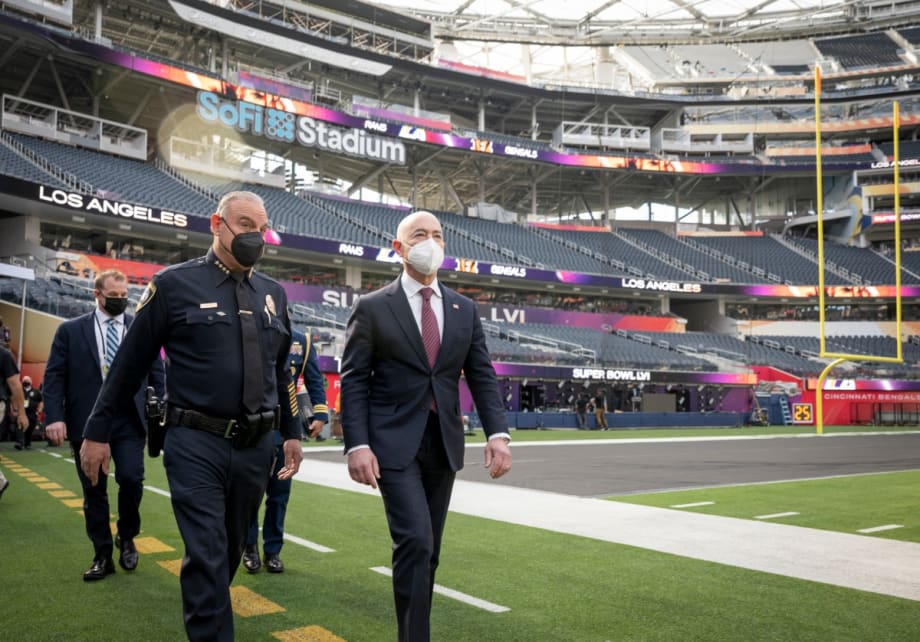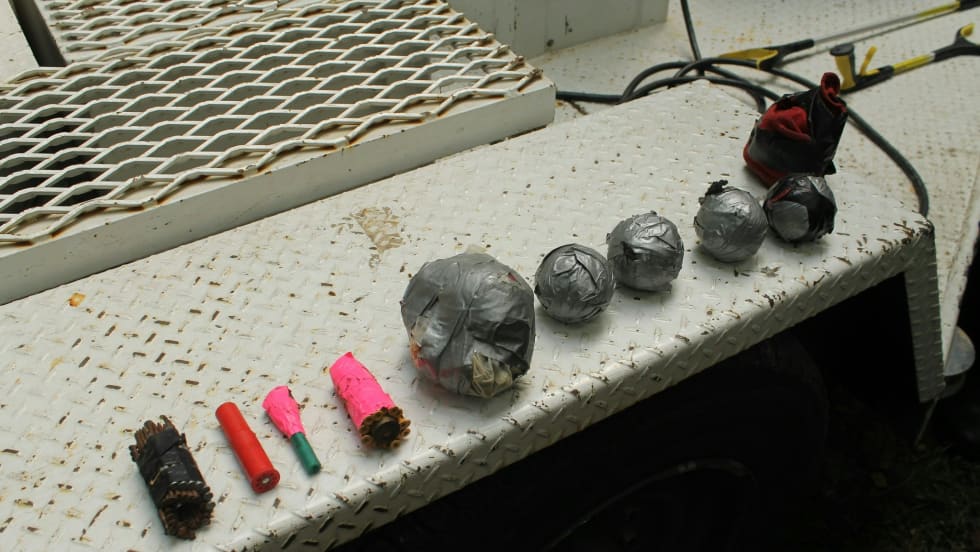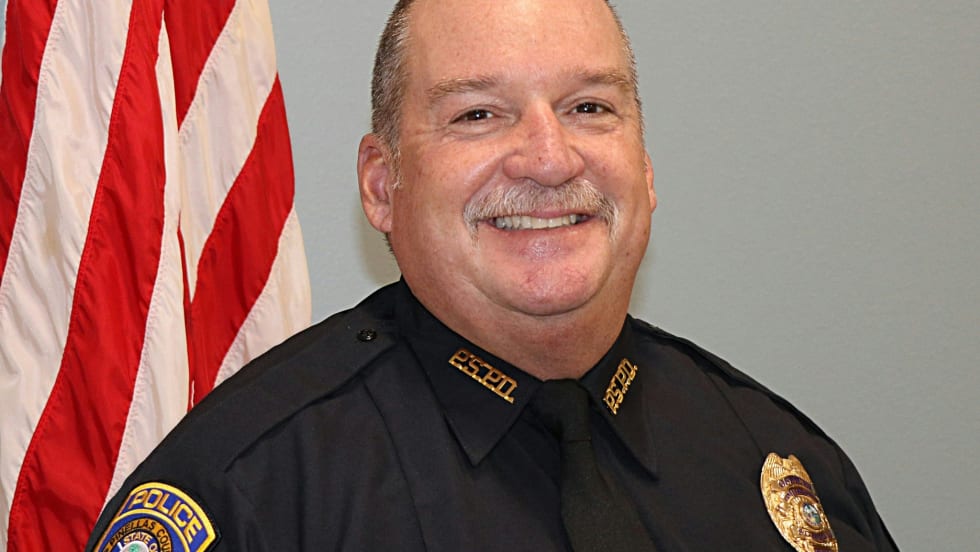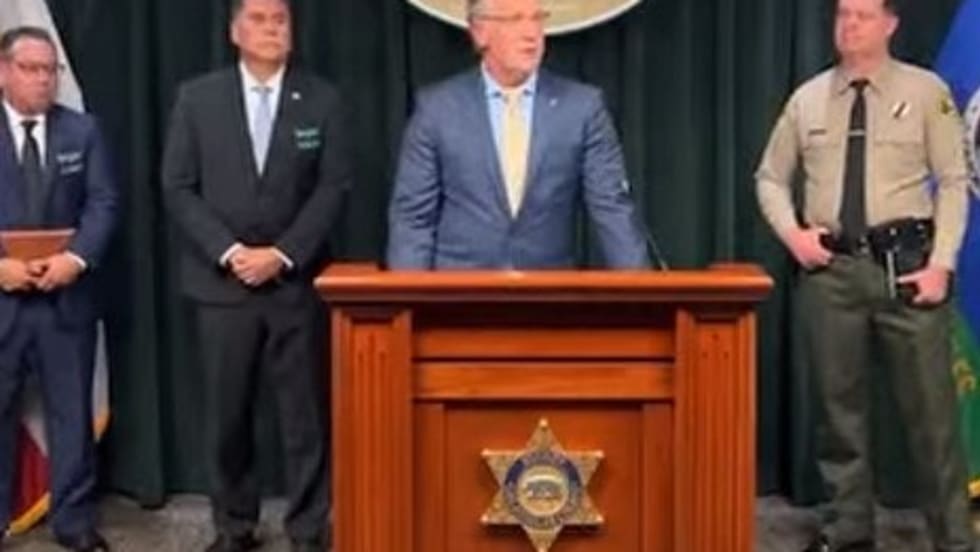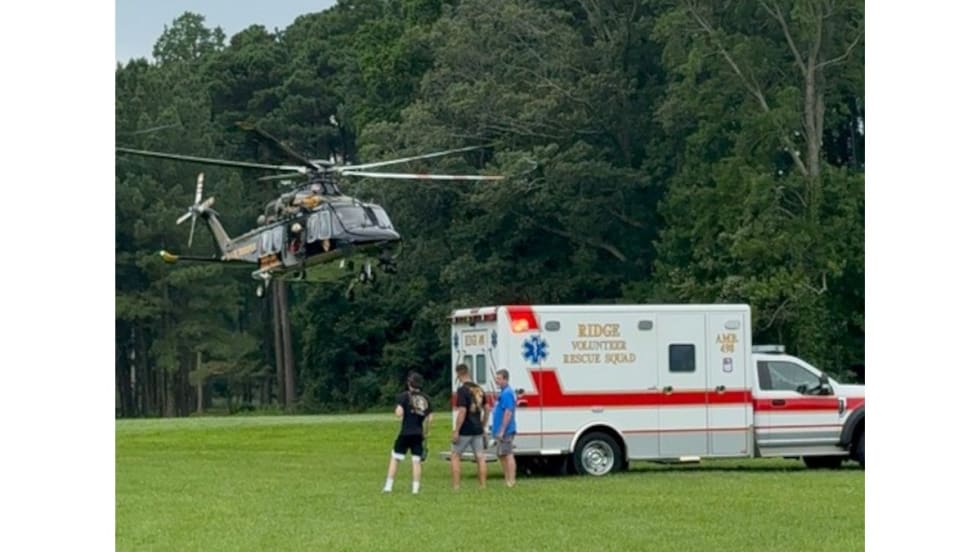As fans flocked to the Los Angelas, CA, area for Super Bowl LVI in Inglewood in February, behind the scenes hundreds of federal agents worked with local law enforcement to keep the public safe.
The Department of Homeland Security gathered more than 500 personnel to provide extensive air and maritime security resources; anti-human trafficking prevention and enforcement support; intellectual property enforcement; chemical, biological, radiological, nuclear, and explosives detection technologies; venue, cyber, and infrastructure security assessments; intelligence analysis and threat assessments; and real-time situational awareness reporting. The U.S. Secret Service (USSS) was the federal coordinator for this event, leading coordination and integration efforts across federal, state, and local partners that are supporting the safety and security of this event.


